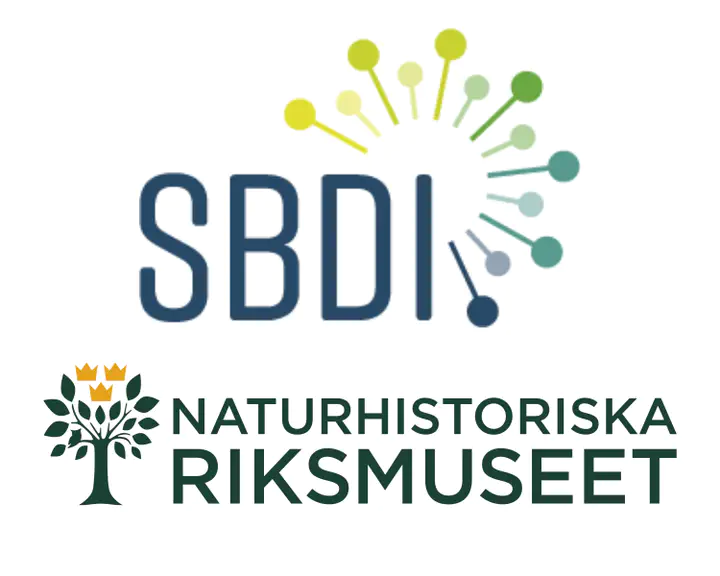SBDI Days 2024 - Towards Data-driven Ecology

Abstract
Remote sensing is an indispensable tool in landscape ecology. While satellite-based vegetation indices have allowed for efficient global monitoring of green vegetation since the 1970’s, this is not the case for lichens and other non-green vegetation. I will present a new, high resolution, satellite based remote sensing model for assessment of lichen biomass, based on a deep neural network trained with ground data collected for more than 20 years. I will show examples of how the model has been implemented in the conservation program for the endangered European wild reindeer in southern Norway, and how it can be used for future management. Because despite their importance, the lack of efficient tools has left many ecological questions related to lichens un-answered. Although often overlooked in vegetation studies, ground dwelling lichens form a prominent vegetation type in many high latitude ecosystems. Changes in biomass of mat-forming pale lichens have the potential to affect not only vegetation, fauna and human activities related to reindeer husbandry, but also climate due to their high albedo. Yet, in contrast to green vegetation, the complex spectral signal of lichens constitutes a considerable methodological challenge regarding development of remote sensing techniques. With the recent development of deep neural networks, however, we now have the tools to address this complexity. I will show how the back catalogue of the Landsat program (>38 years) allows quantification of recent historic dynamics in lichen vegetation across large scales and gives us the possibility to expand our knowledge in the ecological and climatic causes and consequences of changes in lichen biomass.